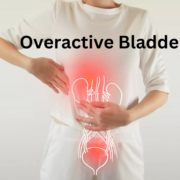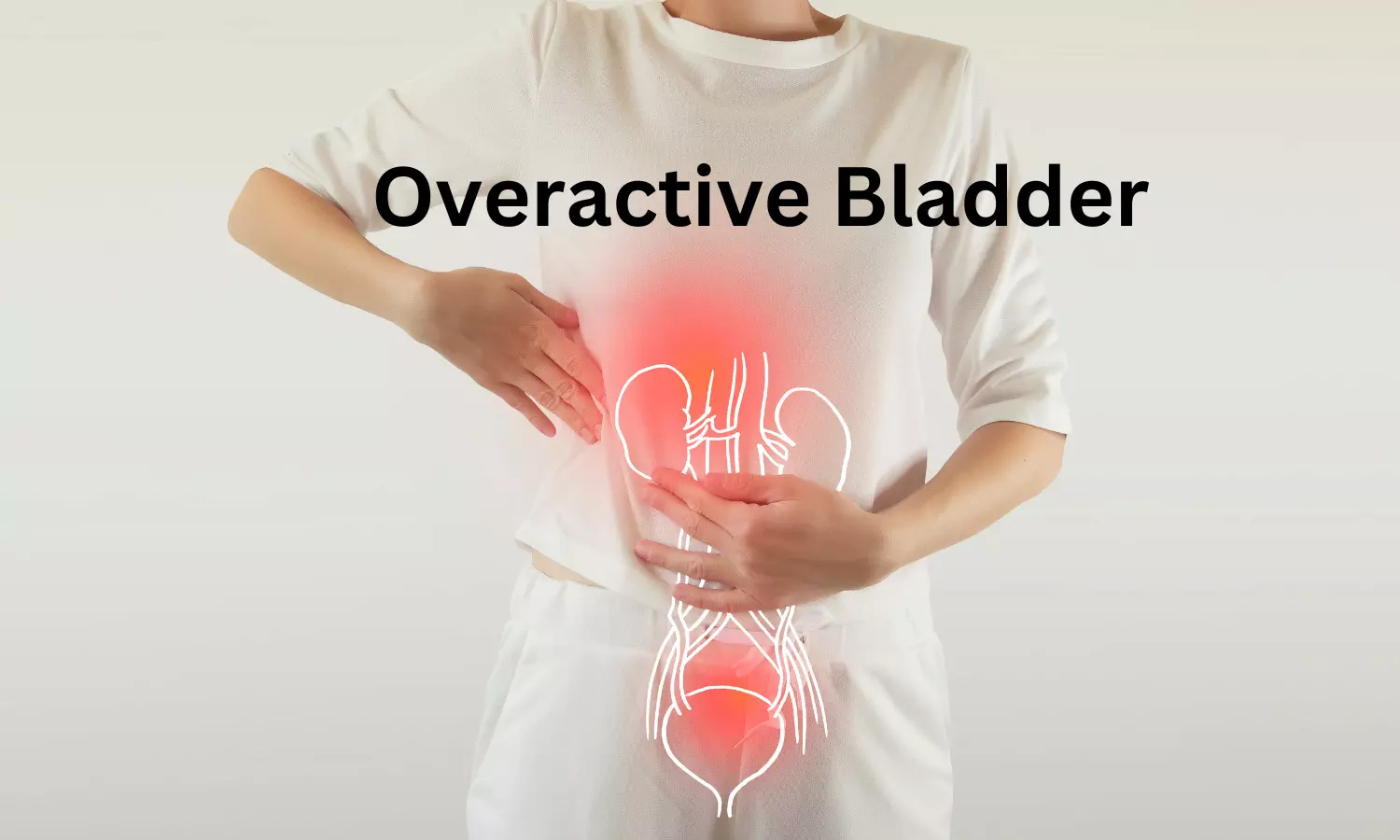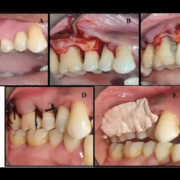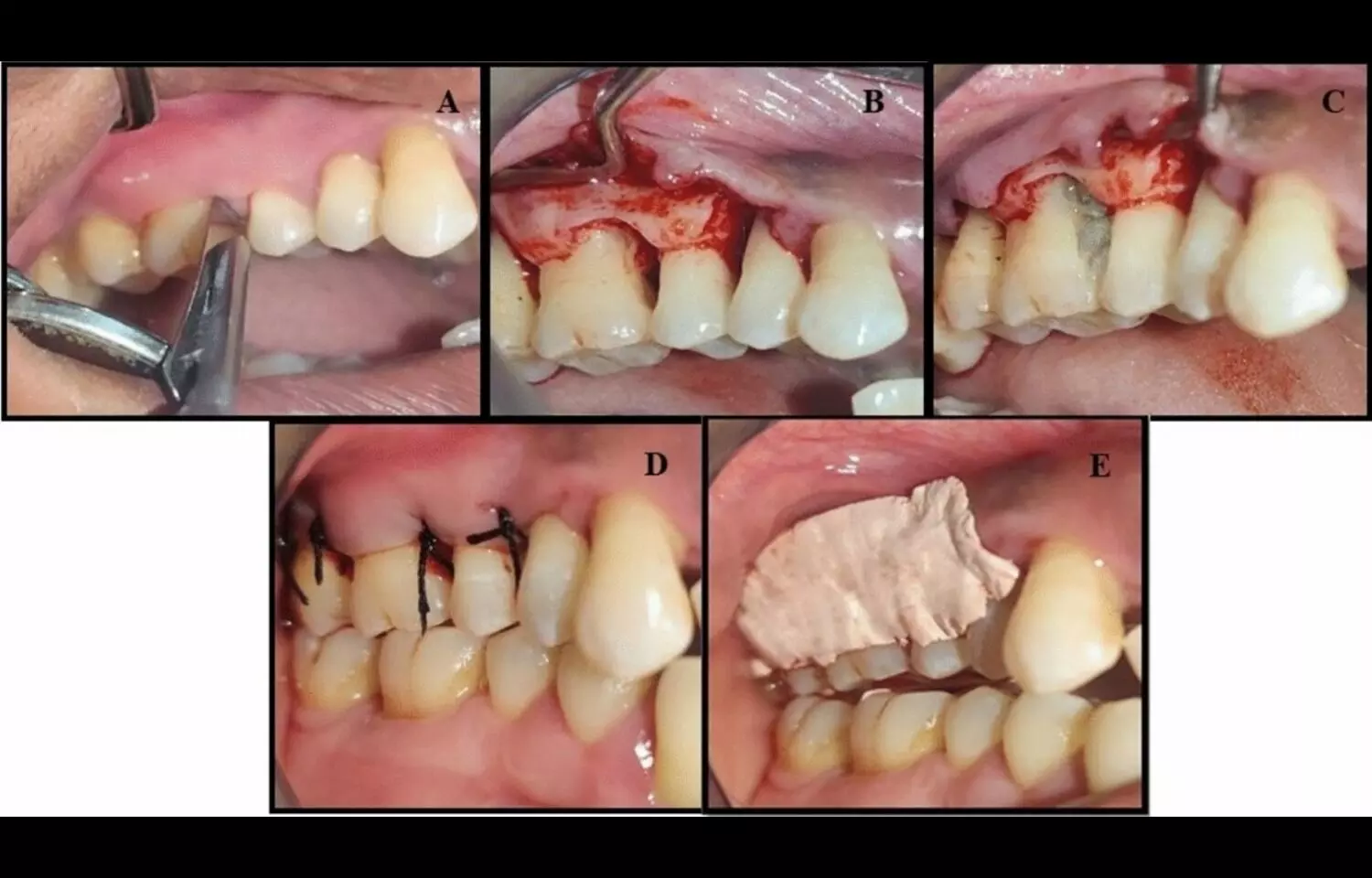DMARD Use and Rheumatoid Arthritis Raise Mortality in Bronchiectasis Patients: Study Shows

South Korea: A large-scale study from South Korea has found that individuals living with both bronchiectasis and rheumatoid arthritis face more than double the risk of death compared to those with bronchiectasis alone. The research, published in Therapeutic Advances in Respiratory Disease, also indicates that RA seropositivity and the use of disease-modifying anti-rheumatic drugs may further heighten this risk.
The study, led by Dr. Hayoung Choi from the Division of Pulmonary, Allergy, and Critical Care Medicine at Hallym University Kangnam Sacred Heart Hospital, analysed data from the Korean National Health Insurance Service covering the years 2010 to 2017. It included 3,355 patients diagnosed with both bronchiectasis and RA — of whom 2,632 were seropositive and 723 were seronegative — and compared them with 16,240 age- and sex-matched individuals who had bronchiectasis but not RA. Participants were followed for a median period of 5.8 years, beginning one year after RA diagnosis or a corresponding index date for the control group.
The study revealed the following findings:
- Patients with bronchiectasis–RA overlap syndrome (BROS) had a 2.09-fold higher mortality risk compared to those with bronchiectasis alone, even after adjusting for other health factors.
- Mortality risk was 2.34 times higher in patients with seropositive RA and 1.29 times higher in those with seronegative RA, compared to the bronchiectasis-only group.
- Individuals with seropositive RA showed a poorer prognosis, indicating that persistent systemic inflammation may play a major role in worsening lung health and speeding up disease progression in this population.
- Use of disease-modifying anti-rheumatic drugs (DMARDs) was linked to higher mortality in patients with BROS.
- Although causality was not established, DMARDs—by suppressing immune function—may heighten vulnerability to respiratory infections, a significant concern for people with bronchiectasis.
One of the major strengths of the study is its size, making it one of the most comprehensive investigations into the link between RA and bronchiectasis-related mortality. The authors also emphasise its novel exploration of both RA seropositivity and DMARD exposure. However, they acknowledge limitations, including the reliance on diagnostic codes, which may lead to over- or under-diagnosis, and the absence of detailed clinical data such as lung infection rates, hospitalisation history, microbiological findings, RA disease activity measures, or the presence of RA-associated interstitial lung disease. Additionally, the number of patients on DMARDs was relatively small, which restricted the analysis of drug-related outcomes.
The findings emphasize the need for careful monitoring and tailored treatment approaches for patients with both bronchiectasis and RA, particularly those who are seropositive. The study’s authors call for further research to clarify the role of DMARDs in this context and to develop strategies that can help reduce mortality and improve long-term outcomes for this high-risk group.
Reference:
Choi, H., Han, K., Jung, J. H., Soyza, A. D., Kim, H., Shin, D. W., & Lee, H. (2025). Impact of rheumatoid arthritis, seropositivity and disease-modifying anti-rheumatic drugs on mortality risk in bronchiectasis. Therapeutic Advances in Respiratory Disease. https://doi.org/10.1177_17534666251360071
Powered by WPeMatico



















